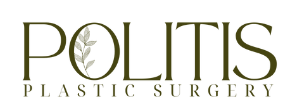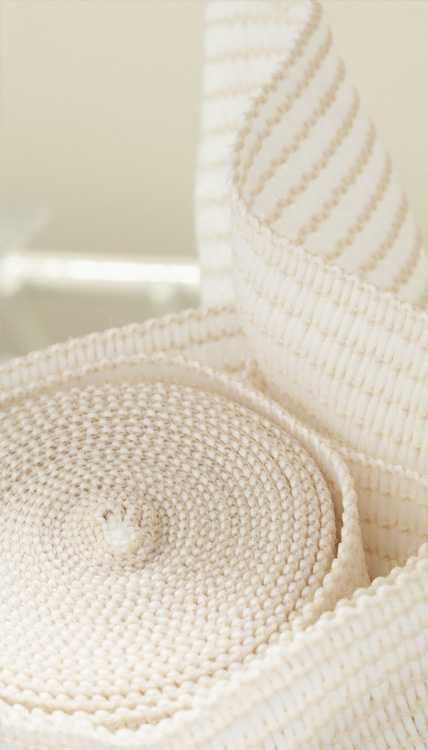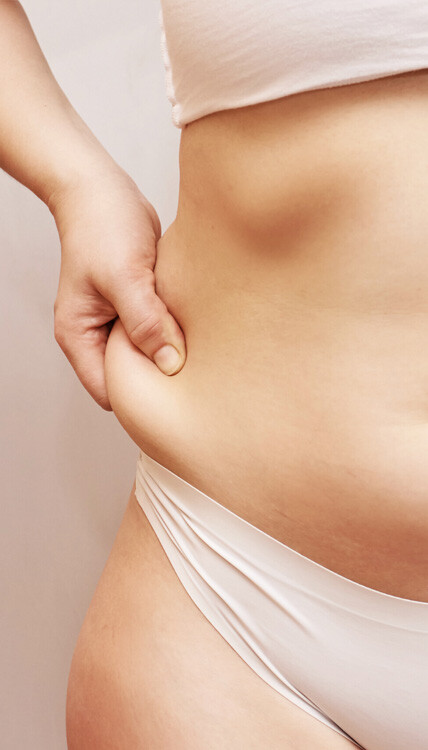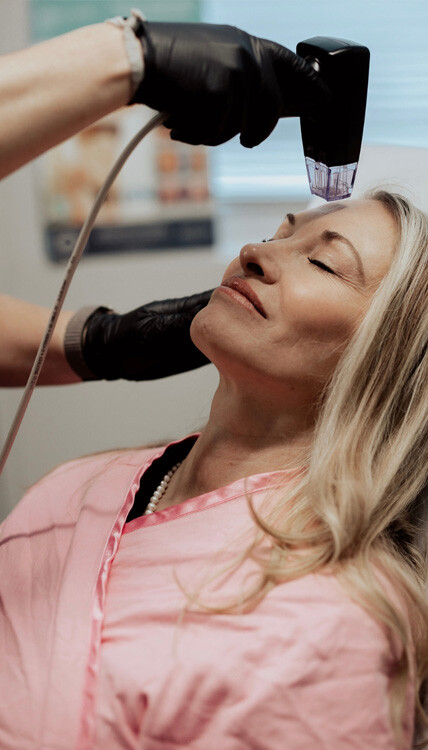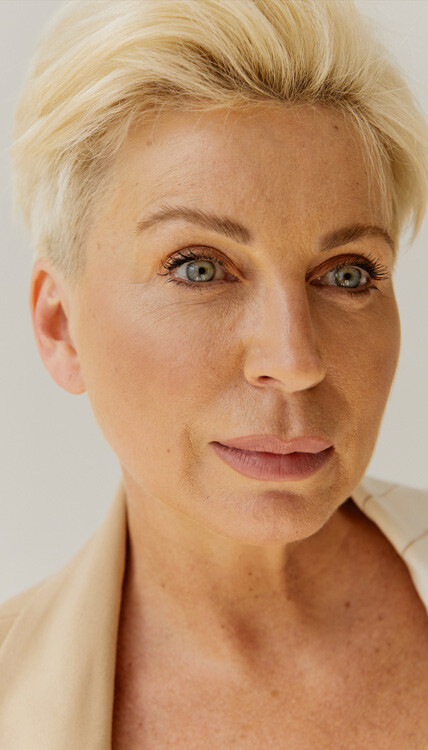The biggest contrast with the breast augmentation that was practiced years ago and in my fellow colleagues and friends that have had a breast augmentation most of them say it’s excruciatingly painful.
Continue readingWhat to Expect at Politis Plastic Surgery
Whether it’s cosmetic or reconstructive it’s always going to start with a consultation. We’re going to bring you in, we’re going to talk to you, we’re going to, you know, make sure we’re all on the same page for what you’re after.
Continue readingRecovery After Plastic Surgery
Recovery after surgery is different for everyone. It is definitely an individual event we’re not all the same so we’re not all going to heal the same. Learn more from Jamie Hill at Politis Plastic Surgery.
Continue readingWhat is Fat Transfer
What is Morpheus8 by InMode
Dr. Effie Politis is super excited to introduce a new platform into her practice: the Morpheus8 Body and Face by InMode. Learn more here.
Continue readingAbout Breast Augmentation Recovery & Aftercare
Recovery after breast augmentation surgery takes about a few weeks before resuming heavy physical activities. Learn more from Dr. Effie.
Continue readingSwimming After Plastic Surgery
Swimming after surgery is a huge question in our practice especially living in Florida. Learn more from Dr. Effie at Politis Plastic Surgery.
Continue readingFacial Rejuvenation Treatment
“In terms of facial rejuvenation, I always remind my patients that we start with looking at the skin envelope.” says Dr. Effie Politis
Continue readingWhat is Breast Reduction Surgery?
Breast reduction is a great surgery for women that have enlarged or symptomatically enlarged breasts. Learn more from Dr. Effie Politis.
Continue readingIn-House Cosmetic & Reconstructive Options
We’re able to offer quite a few services now under local anesthesia whereas we used to do all of these under general anesthesia.
Continue reading